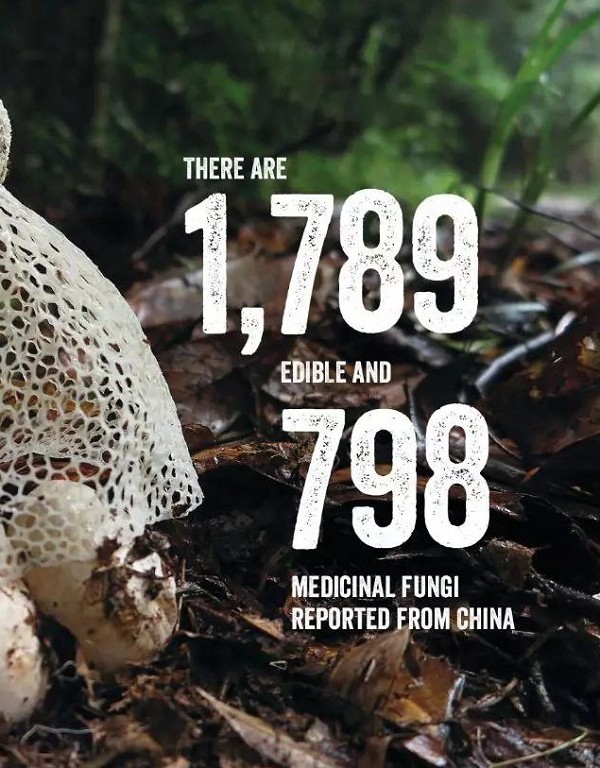Fungi are part of eukaryotic organism together with plants and animals, belonging to microbes because most of fungi are not visible to the naked eyes. Single-celled yeasts, filamentous molds and mushrooms are all fungi. Fungi, playing an indispensable role in ecosystems, have the richest biodiversity second to insects on the earth. It is estimated there are over 1.5 million fungal species in the world and 250,000 in China. Only 120,000 fungal species have been discovered and less than 20,000 species reported in China. Most of the fungi are remained to be discovered.
In 2018, the State of the World’s Fungi 2018 report was published by the Royal Botanic Gardens Kew (Kew) in London. It is the first report outlining the state of the world’s fungi, and highlighting how important fungi are to all life on the earth. It is clear that fungi should definitely be viewed on a par with the plant and animal kingdoms and that people have only just started to scratch a little knowledge of this incredible and diverse group of organisms. What also becomes apparent is that when looking for nature-based solutions to some of the most critical global challenges, fungi can provide many of the answers.
The report provides an overview of the current knowledge of the world's fungi and highlights the importance of fungi to all life on the earth, examines their diversity and distribution, their uses in everyday life, the global impact of positive plant–fungal interactions and the challenges associated with fungi including plant diseases and climate change.
Based on the remarkable achievement of mycology recent years, China has been chosen as the first focused country in the report. Fungi have the history of over 6,000 years for usage and 1,400 years for cultivation in China. There are 1,789 edible and 798 medicinal fungi reported from China nowadays. The report showed the current status of knowledge of fungi in China, indicating the rich diversity and wide distribution of Chinese fungal species, demonstrating the great importance of Chinese fungi economy, and showing the threatened status and conservation situation for fungi in China.
Over 100 scientists from 18 countries have worked in collaboration with Kew to scrutinize databases, publish literature, policy documents and reports to synthesize the latest discoveries and knowledge into this horizon-scanning report. Eight researchers (WEI Jiangchun, YAO YiJian, Paul M. Kirk, CAI Lei, ZHAO Rui-Lin, WEI Tiezheng, WANG Ke and Phurbu Dorji) from the Institute of Microbiology, Chinese Academy of Science (IMCAS) together with other 20 researchers from China contributed their knowledge and wrote the “Country Focus: China” chapter in the report.
This chapter showed many achievements accomplished or participated by IMCAS. The database for the Checklist of Fungi in China (built by IMCAS) has gathered 231,000 fungal records derived from over 7,200 publications, containing around 27,900 species and intraspecific names of fungi belonging to 15 phyla, 56 classes, 192 orders, 585 families and 3,534 genera (The number has been updating to 250,000 fungal records from 9,700 publications now).
The section of “Ecological Importance of Lichens in Combatting Desertification in China” emphasized the research on desert fungi of WEI Jiangchun’s team. The fungus Endocarpon pusillum (Verrucariales, Ascomycota) forms a lichen that is ecologically dominant in the desert in Northwest China. Investigations indicated that this lichen is extremely drought-tolerant, due in part to a gene. Transgenic turf generated using this gene may be possible to combat desertification.
In section “Conservation Status of Fungi in China”, the result of “Assessment of Macro fungi in China” project led by YAO Yijian was reported emphatically. The project is in the leading position on red list assessment of fungi around the world for its largest scale, most involved species (9,302 macrofungal species), widest territory and most participated experts (140 experts from China). This chapter also introduced the Fungarium of the Chinese Academy of Sciences (Herbarium Mycologicum Academiae Sinicae: HMAS), which is the most comprehensive fungarium in China and stores the most fungal collections in Asia (more than 520,000 specimens).



